Cost-effective Marvel! Hands-on Review of the iQOO Z10 Turbo+: A Gaming Powerhouse Under $200
![]() 08/08 2025
08/08 2025
![]() 480
480
Historically, by August, we rarely witness the unveiling of flagship smartphones, especially when the next-generation flagship platforms are scheduled for September, leaving a narrow window for new releases. Therefore, I was genuinely surprised to see iQOO launch the Z10 Turbo+. From its naming alone, it's evident that this isn't a budget-oriented model but rather the pinnacle of the Z10 series.
So, why did iQOO choose August to release this Dimensity 9400+-powered performance flagship? And what enhancements does it bring compared to previous iQOO models? Below, Leitech shares their experience with the device.
Let's start with its design. While it doesn't deviate much from the iQOO Z10 Turbo (being from the same series), iQOO has still ensured that this model has its unique characteristics.
For instance, the camera Deco design features a suspended structure with metallic accents, creating a striking gold-silver edge effect. The interior boasts a laser-etched metal grille texture, enhancing its design aesthetic. The interplay of gold and silver gray makes the iQOO Z10 Turbo+'s back cover instantly recognizable, setting it apart from the iQOO Z10 Turbo.
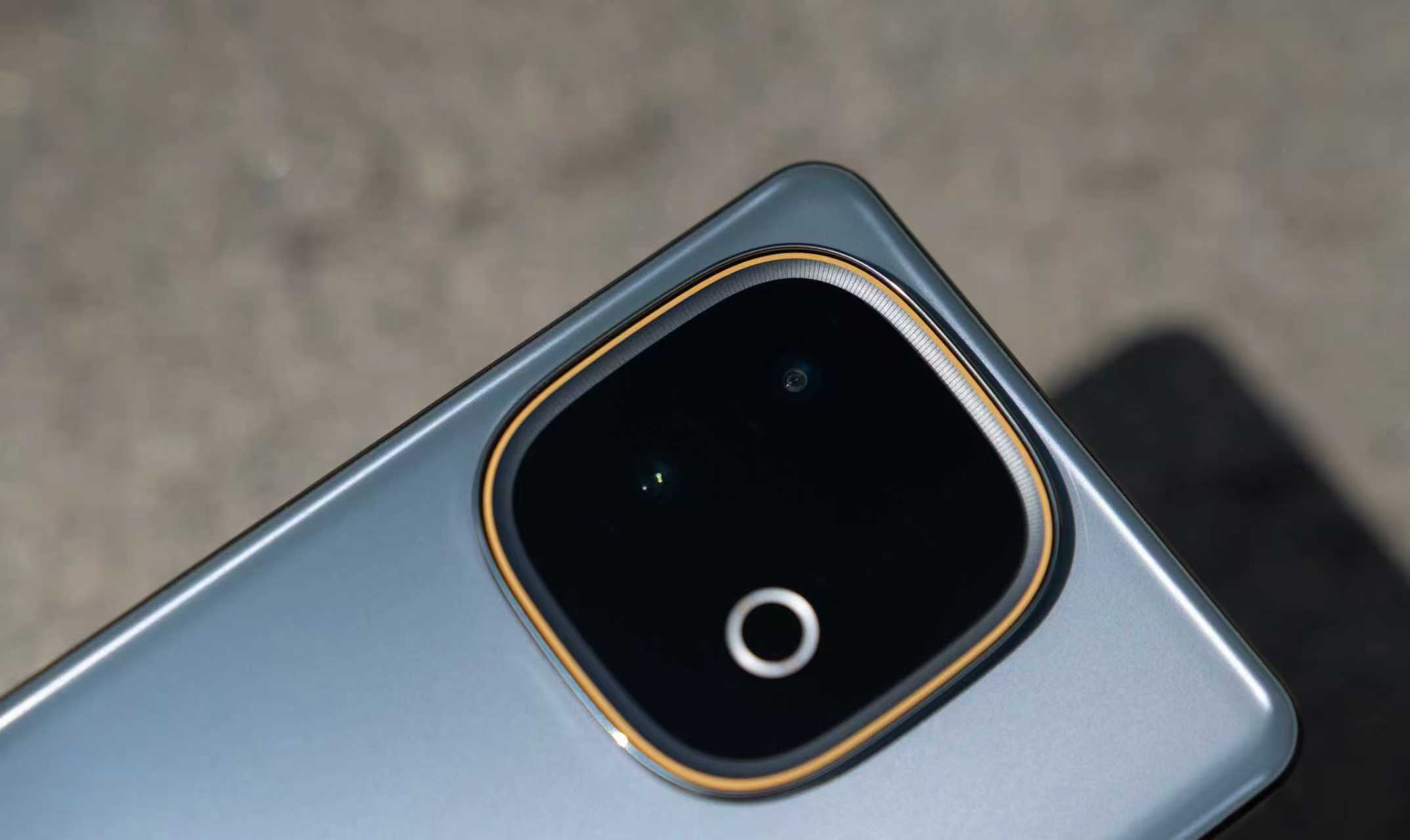
Image source: Leitech
The back cover I received is the "Polar Gray" variant. Under indoor lighting, it appears as a low-saturation gray, but in direct sunlight, it takes on a bluish hue, combined with its gray tones, evoking the icy texture of a polar glacier.
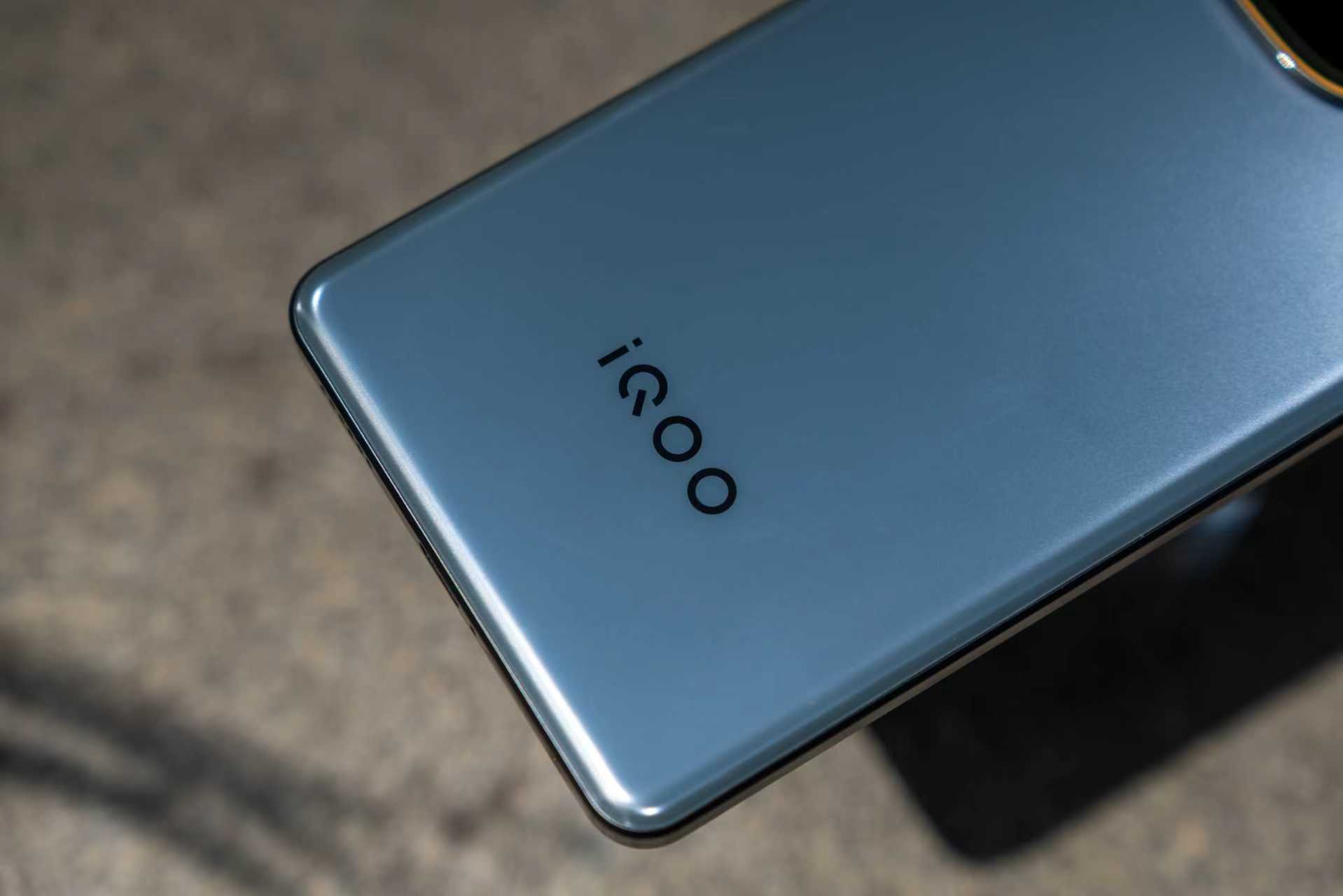
Image source: Leitech
Worth mentioning, the color tone varies slightly from different angles, adding a touch of mystery. As a gaming-focused performance flagship, the iQOO Z10 Turbo+ employs a well-received matte etching technology. This matte finish ensures minimal fingerprint retention, a boon for those with OCD. Moreover, the etched texture's precision reaches the nanometer level, providing a smooth touch without the roughness of traditional matte materials.
Now, let's delve into its peripheral configuration. As a mid-range performance flagship, the iQOO Z10 Turbo+ uses vivo's classic Rock Shock Absorption structure, offering excellent impact and drop resistance during daily use. Generally, even if dropped from a height of one or two meters, only the back cover might sustain damage, with the screen and internal hardware remaining unscathed.
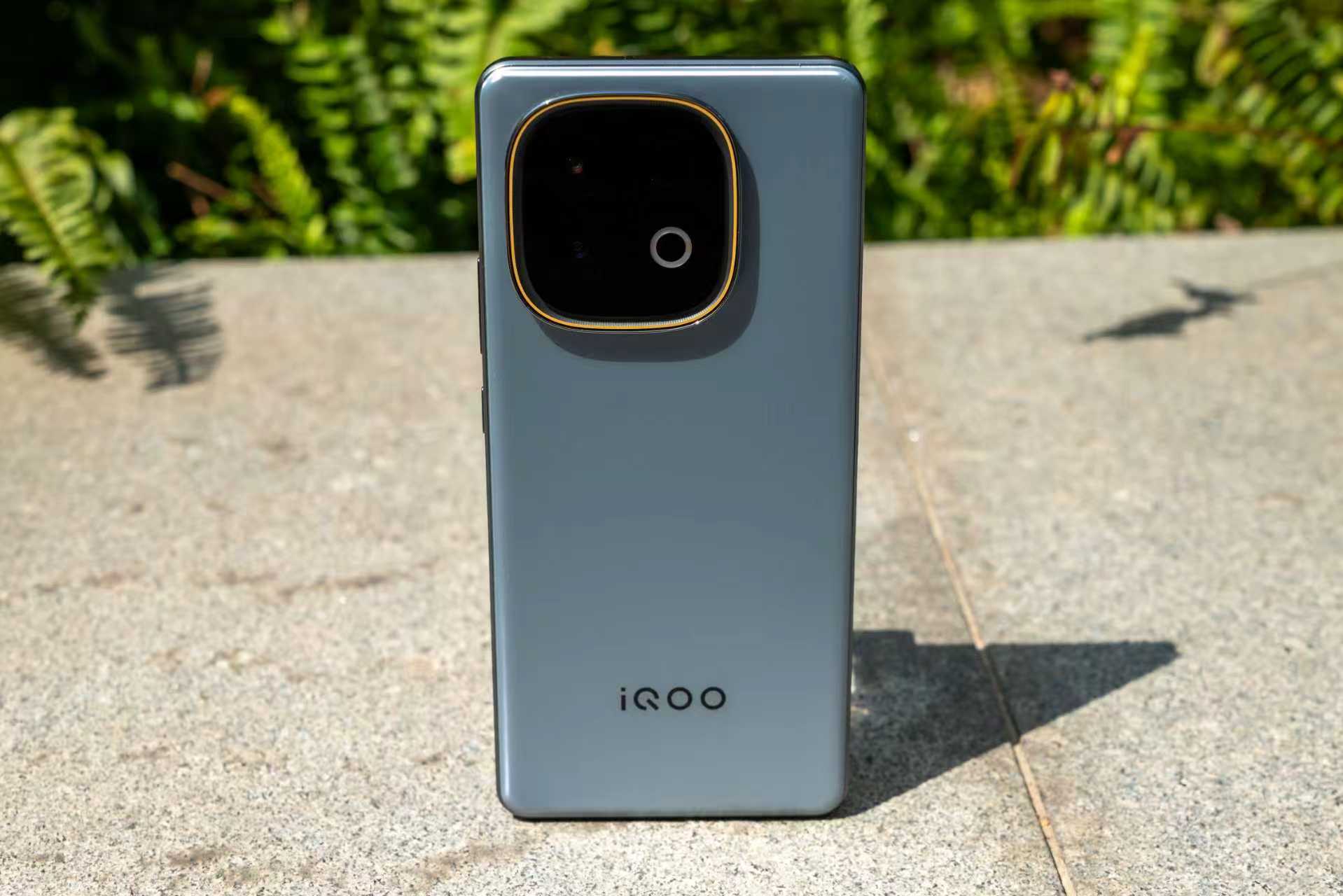
Image source: Leitech
Additionally, the iQOO Z10 Turbo+ supports IP65 water and dust resistance. While it can't withstand prolonged submersion like IP67, it effectively shields against general rainstorms and brief accidental water exposure. Despite being constrained by its positioning, the designer has managed to incorporate some standout features with limited resources, which is commendable.
Now, let's get to the crux of the matter and explore how this performance flagship performs in gaming and overall.
Starting with its specifications, the iQOO Z10 Turbo+ is powered by the Dimensity 9400+ mobile platform. As MTK's flagship chip this year, its performance is undoubted. Leitech has tested multiple 9400+ phones before, all of which perform at the top tier in mainstream games.
Furthermore, the iQOO Z10 Turbo+ comes with iQOO's proprietary gaming chip Q2, which shares the computational load during gaming, enabling the phone to support 1.5K super resolution and 144fps super frame concurrency. Currently, phones supporting these features almost always come with gaming chips. For avid mobile gamers, this aspect of the configuration is crucial.
Additionally, the iQOO Z10 Turbo+ adopts the flagship-level 7K Ice Dome VC liquid cooling structure to prevent overheating or lag during prolonged gaming sessions. In practical use, its heat dissipation performance is impressive. Throughout the gaming test, the phone remained cool, with the heat accumulation area situated away from fingers, further enhancing the holding experience.
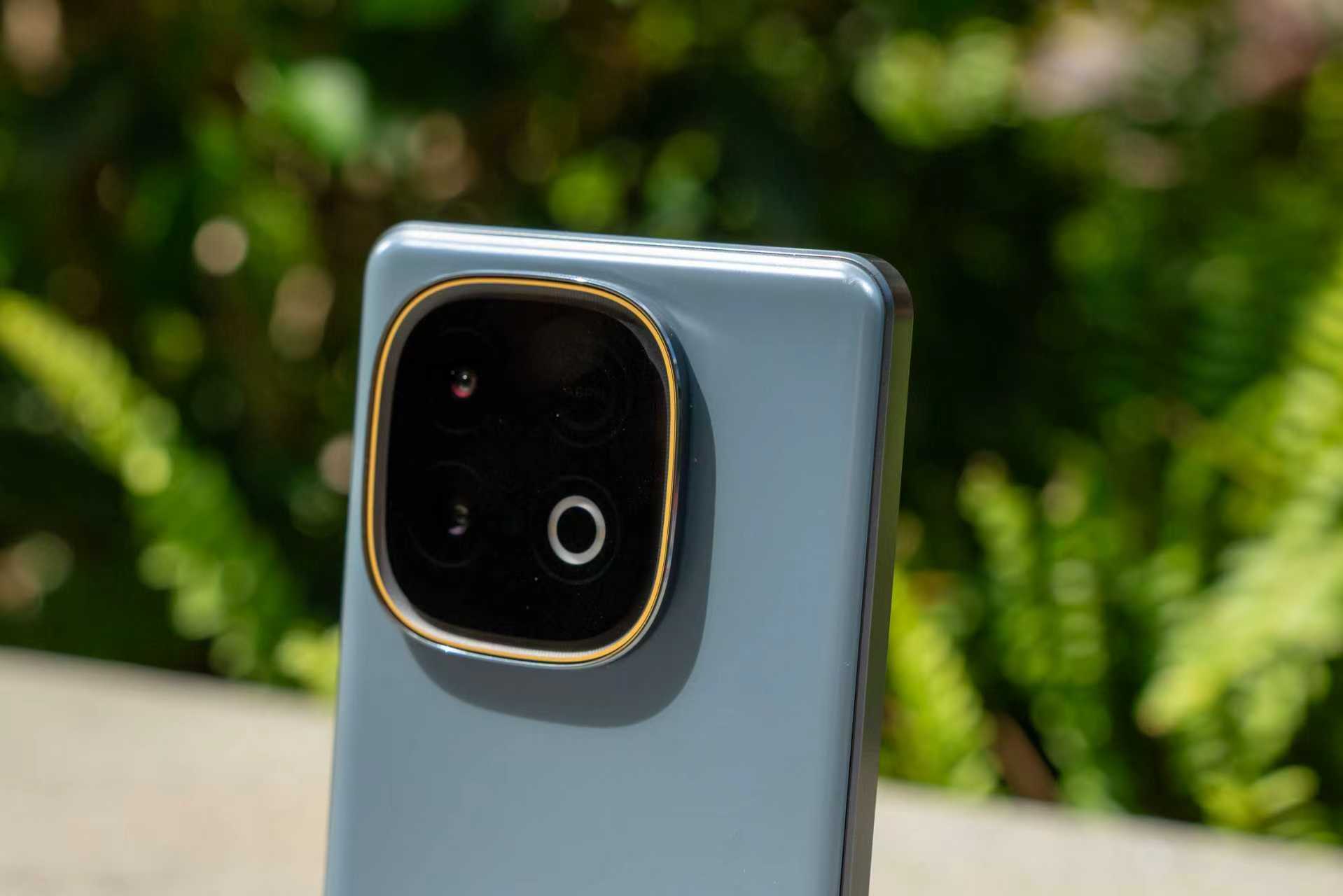
Image source: Leitech
The screen utilizes Huaxing C9+ material with a 1.5K resolution, boasting a maximum global brightness of 2000 nits, a touch sampling rate of up to 3000Hz, and a local brightness of 4400 nits. It also supports 4320Hz PWM dimming and a 144Hz refresh rate. Judging by these parameters alone, describing it as "flagship" is justified, perfectly unleashing its gaming potential.
In terms of actual performance, the iQOO Z10 Turbo+ scored 2.74 million on the AnTuTu benchmark test, almost touching the ceiling for Dimensity 9400+ daily benchmark scores. Many models fall below this level, showcasing iQOO's proficiency in performance tuning.
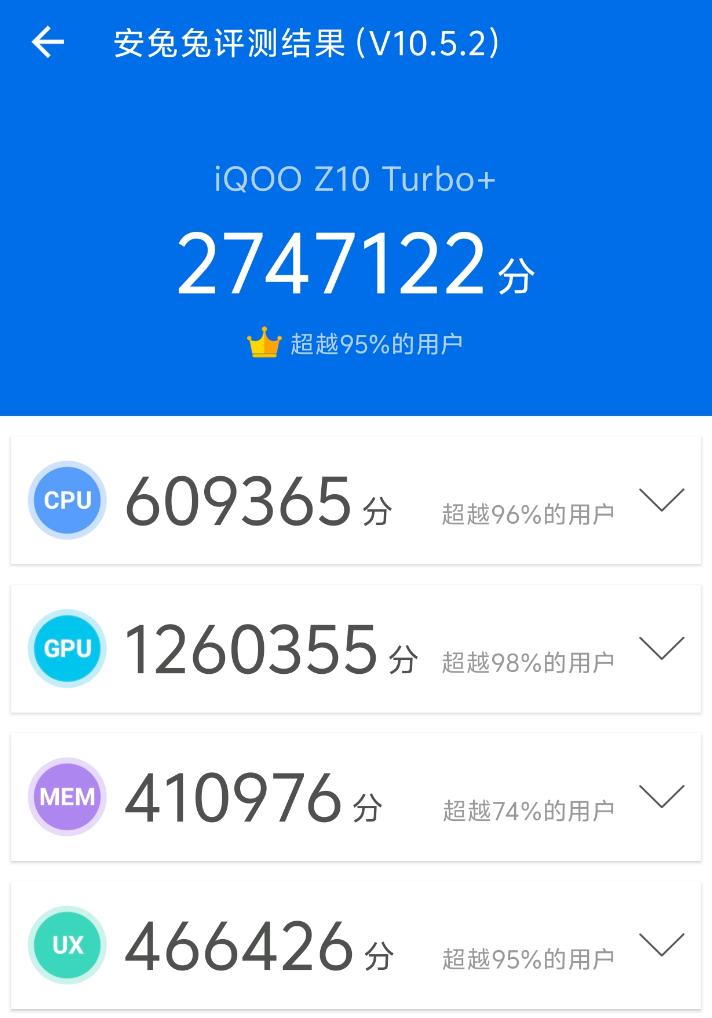
Image source: Leitech
With ample performance, the iQOO Z10 Turbo+ also delivers consistent gaming performance. In "League of Legends: Wild Rift," with 144fps mode enabled, the frame rate remained stable throughout, with minimal fluctuations. Even in ARAM mode, with frequent team fights, the phone stayed cool, demonstrating exceptional performance tuning.
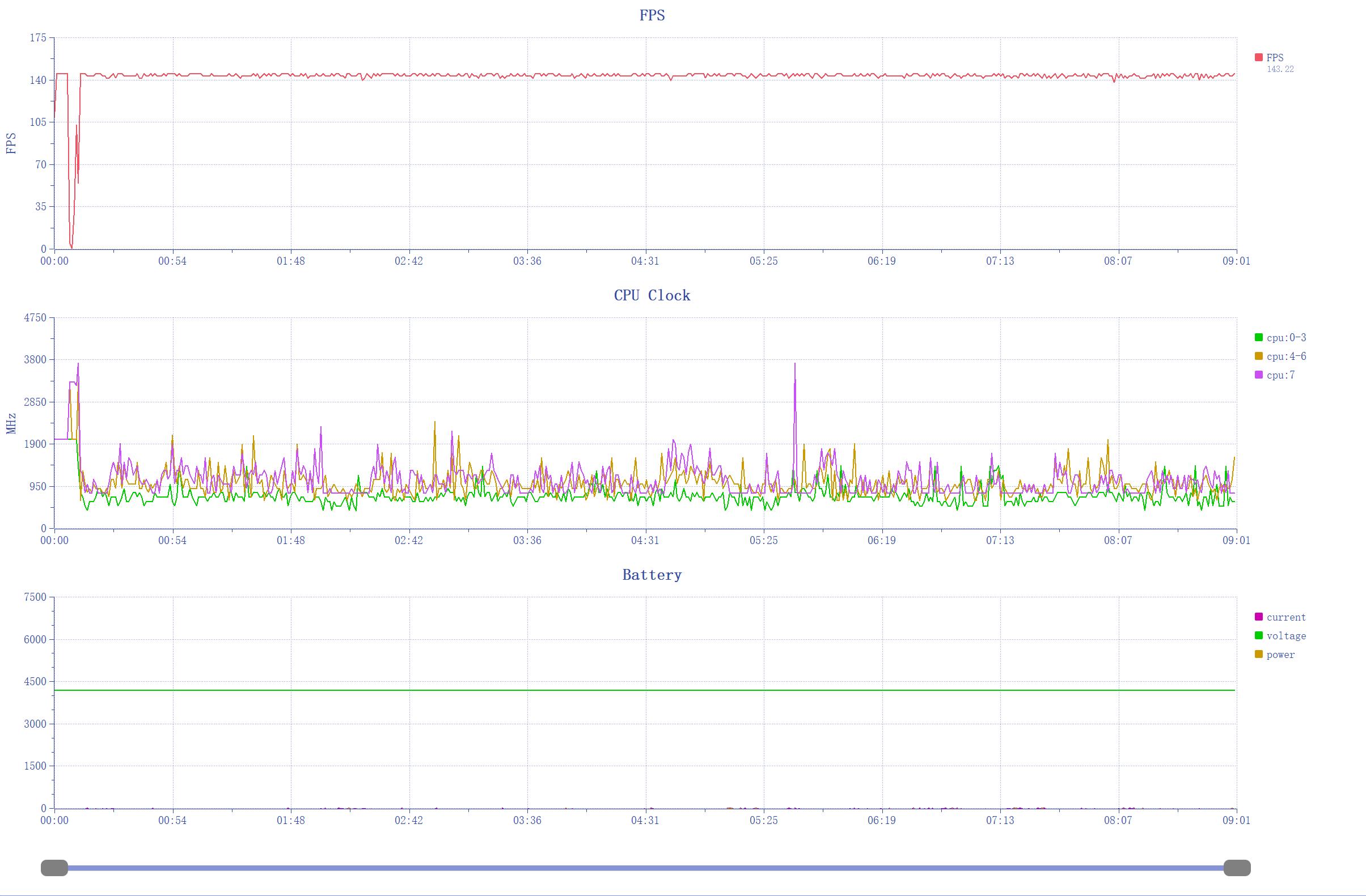
Image source: Leitech
Playing a normal mode game in Summoner's Rift over ten minutes, the frame rate performance mirrored that of ARAM mode. Despite half an hour of continuous play, the phone's temperature remained consistent. It's safe to say that even after another one or two hours, it would maintain similar performance and temperature control. For hardcore MOBA gamers, the iQOO Z10 Turbo+ offers an exceptional experience.
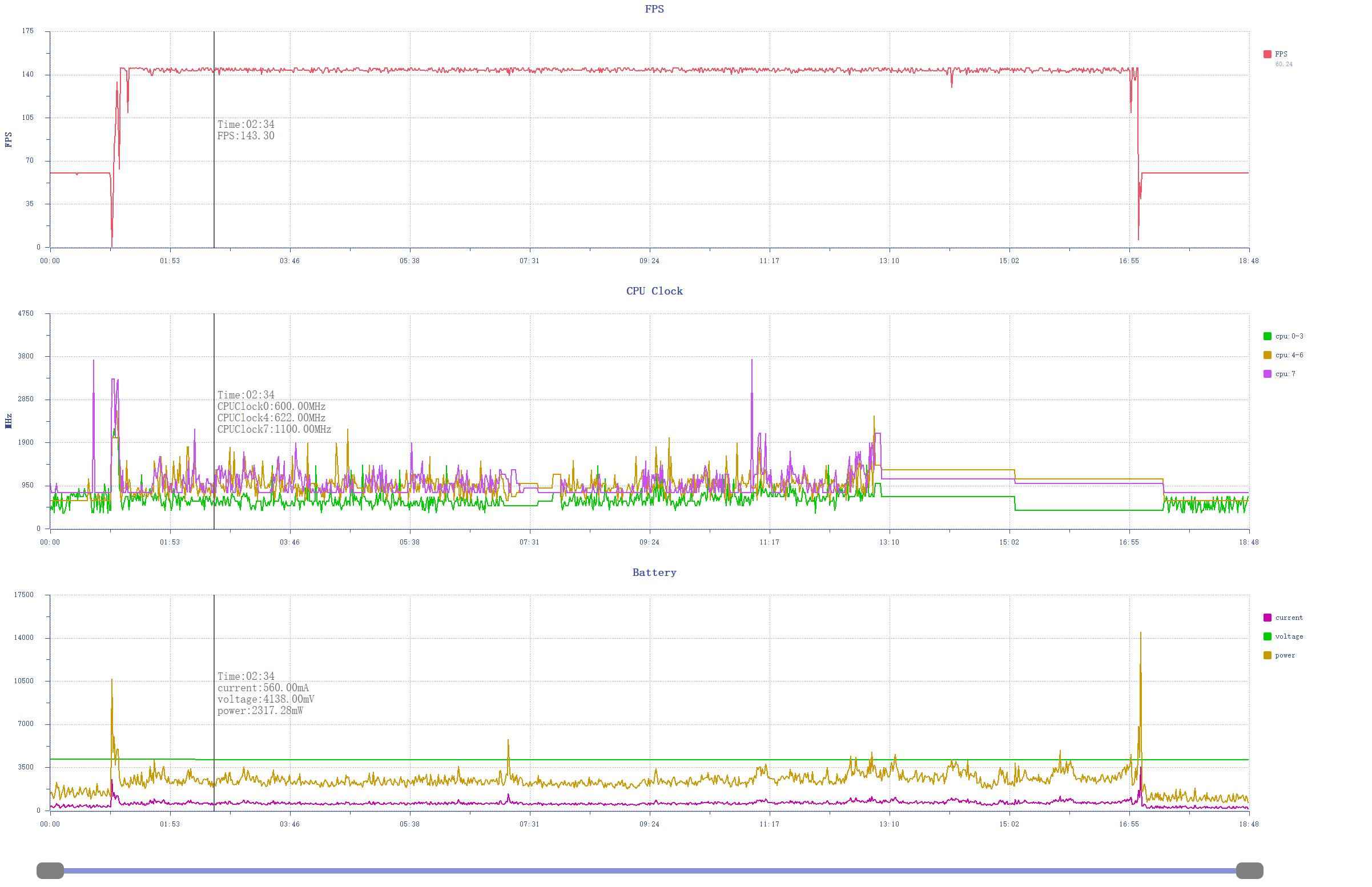
However, as a flagship platform, there's still some pressure. I tested "Honkai: Star Rail" and "Honkai: Starbreaker," both supporting super resolution and super frame rates. "Honkai: Star Rail" supports up to 144fps. During testing, frame drops occurred during chatting, loading, ultimate skill releases, and minor skill uses.
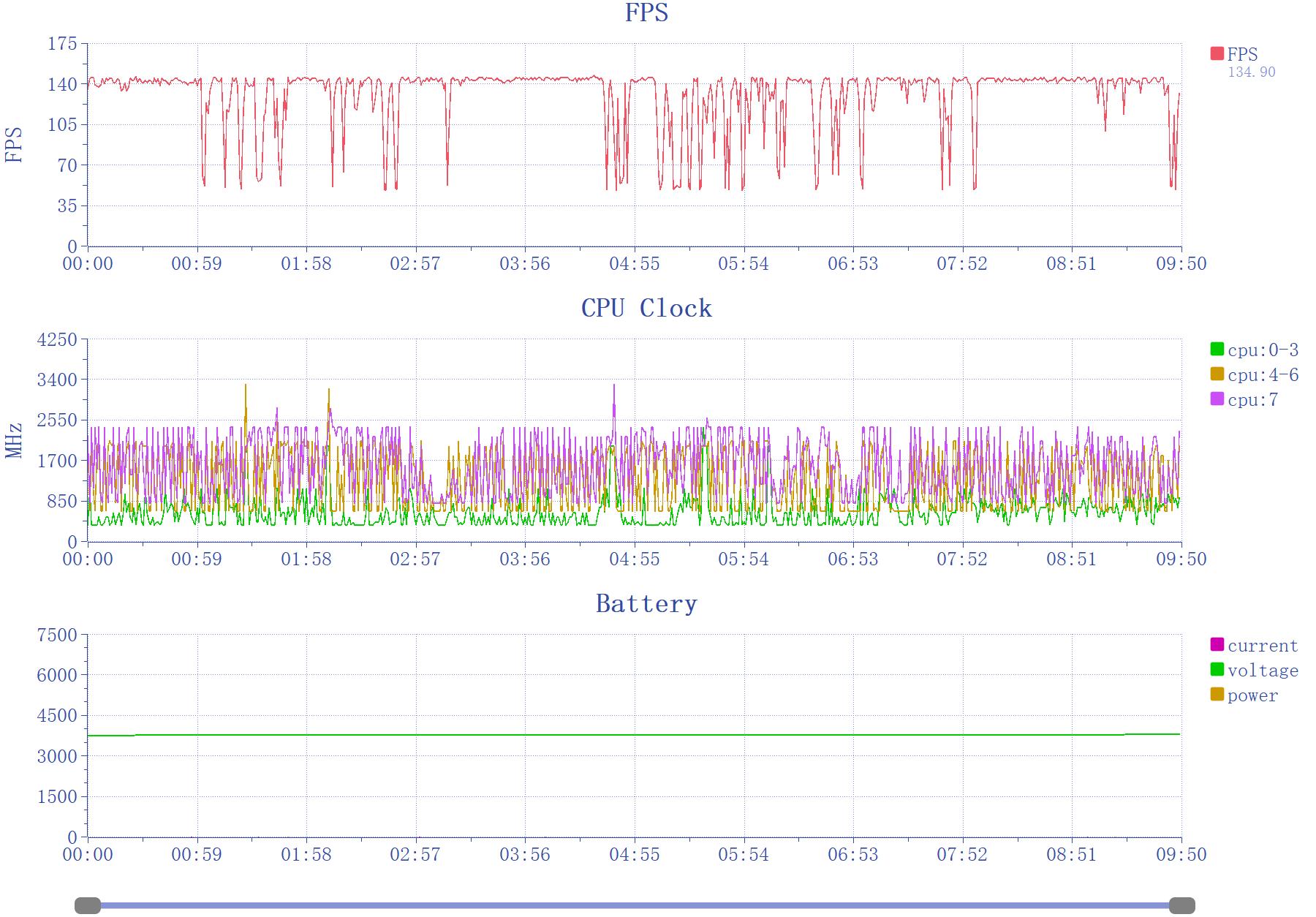
While it doesn't affect gameplay, the frame rate graph isn't visually pleasing, especially with double speed enabled. Continuous skill and ultimate skill usage causes frame rate fluctuations. iQOO needs to further optimize its frame interpolation algorithm.
Setting the frame rate back to 60 results in virtually no fluctuations, offering stable performance. You can enable frame interpolation as needed. For turn-based games, the benefits of high frame rates aren't significant.
Next, let's consider "Honkai: Starbreaker." Due to higher performance demands, frame interpolation is limited to 90fps, still better than most phones that struggle to maintain 60fps. After enabling frame interpolation, I noticed significantly better frame rate performance than a similar flagship tested by Leitech two months ago. Previously reported frame drops during sprinting no longer occurred, indicating iQOO's optimizations.
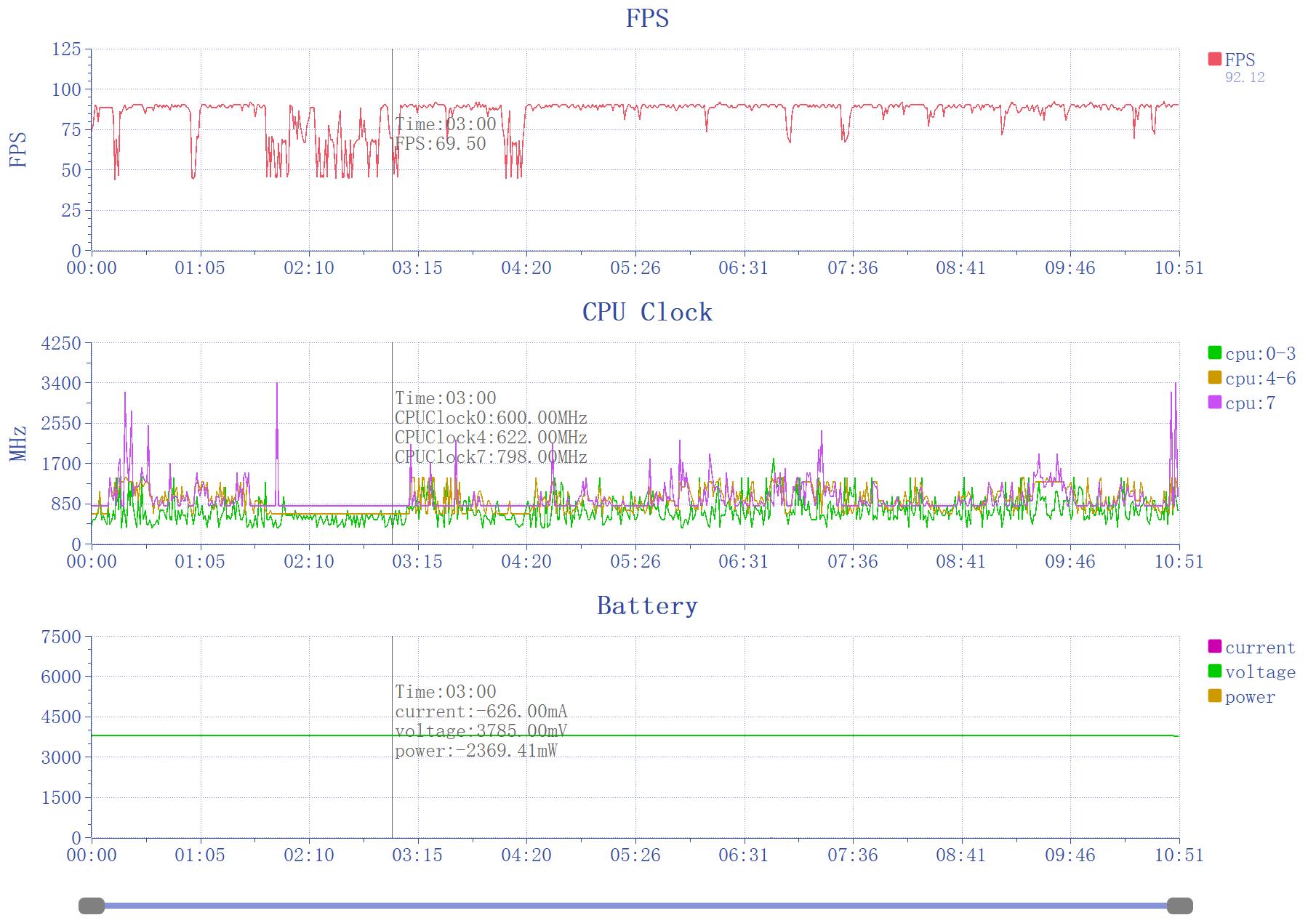
However, frame drops still occur during "Resonance Release" due to pre-rendered footage. Interpolating frames is technically possible but unnecessary. It's better to conserve performance and reduce power consumption. Notably, in "Honkai: Starbreaker's" idle state, the frame rate drops from 90fps to around 50fps and quickly recovers upon movement, a clever "lazy" technique.
Overall, the iQOO Z10 Turbo+'s gaming experience has markedly improved over previous models. Besides frame interpolation algorithm optimizations, there are enhancements in performance release and power consumption tuning. After two AnTuTu tests, four games, and half an hour of online video streaming, the phone's battery was still at 77%. For gaming alone, battery life could exceed 8 hours. The 8000mAh battery is truly impressive.
Lastly, let's discuss photography. The iQOO Z10 Turbo+ features a Lightyear LYT-600 main camera and an 8-megapixel ultra-wide-angle lens. With these specifications, expectations should be tempered. I'll cut to the chase: It's usable and on par with similarly priced performance phones.
Here are some sample photos for reference:

Ultra-wide-angle
Despite average ultra-wide-angle lens parameters, with algorithmic support, the iQOO Z10 Turbo+'s performance is acceptable. Color, detail in dark areas, and dynamic range control are adequate. However, as mentioned, don't expect too much from an 8-megapixel lens.





Main camera
Honestly, the main camera performs well, ensuring the iQOO Z10 Turbo+'s imaging quality isn't compromised. Post-algorithm processing yields vibrant colors, pleasing tones, and good dynamic range control and detail processing. It handles daily shooting needs without issues.
If imaging performance is a priority, the iQOO Z10 Turbo+ might not be your choice. Its design primarily caters to gamers, from the screen to the processor, cooling, and battery, all aimed at enhancing the gaming experience. Thus, sacrificing imaging performance to manage costs is understandable.
Finally, following the Leitech review template, let's summarize the iQOO Z10 Turbo+'s pros and cons:
Pros:
Exceptional performance release, robust super resolution and super frame rate algorithm, impressive battery life
Cons:
Average imaging performance, non-quad-equal-width screen
Post-conference, Leitech obtained the iQOO Z10 Turbo+'s pricing:
12GB+256GB: $219.9 (with national subsidy: $186.915)
16GB+256GB: $249.9 (with national subsidy: $212.415)
12GB+512GB: $269.9 (with national subsidy: $229.415)
16GB+512GB: $299.9 (with national subsidy: $254.915)
Considering its overall gaming experience, battery life, and other configurations, the iQOO Z10 Turbo+ offers high cost-effectiveness and stands out as one of the most worthwhile performance flagships in its price range. It's no surprise that iQOO released this model despite the upcoming next-generation flagship, as it indeed has strong competitiveness in the mid-range performance phone market.





